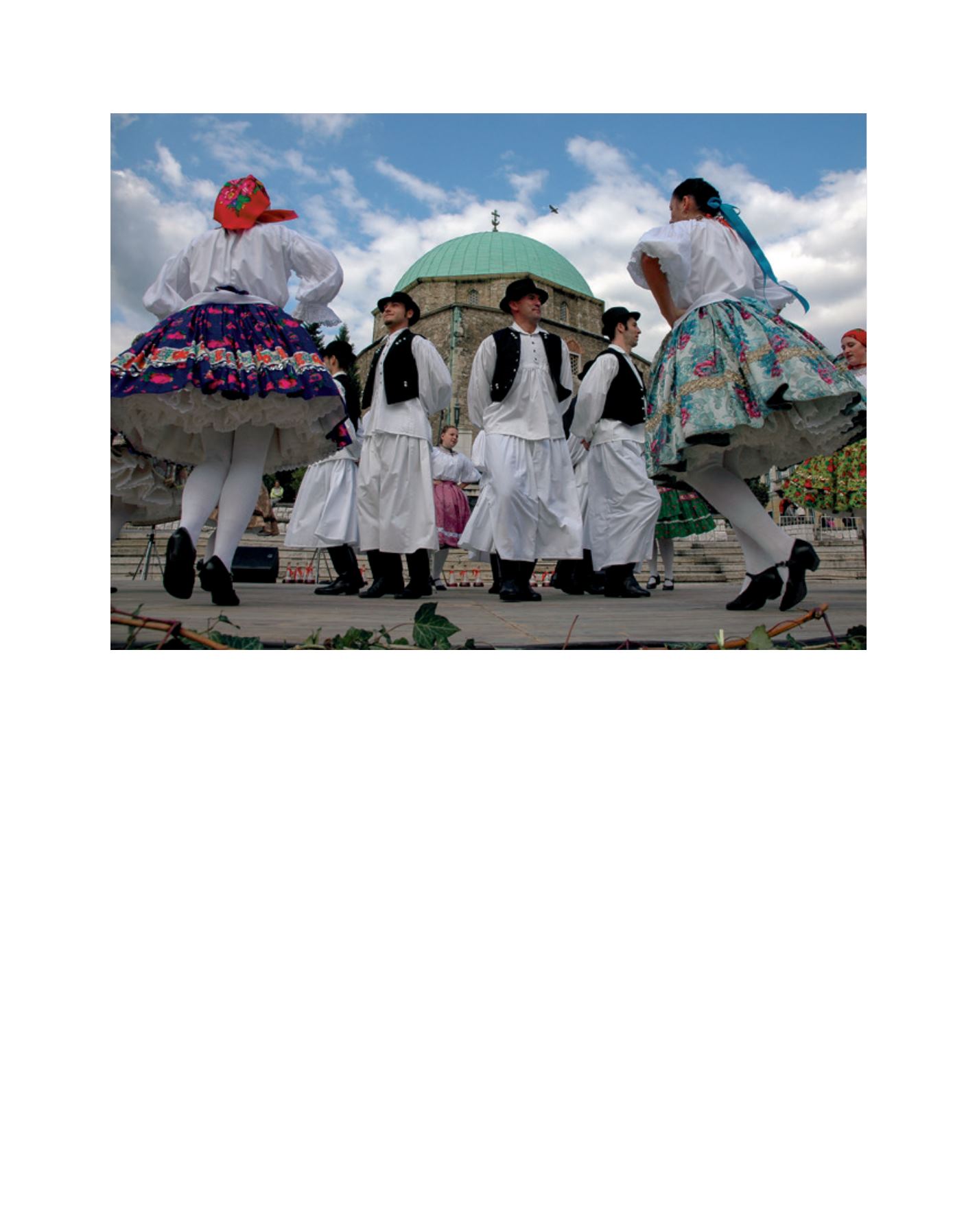

[
] 128
Image: György Mánfai
Through our good practices developed over 1,000 years, Hungary has proved that cultures can approach each other peacefully and affect one another productively
dors of the rapprochement of cultures. It is the definite objective
of our Government to increase both the number of students
arriving in Hungary and the number going abroad, after a
temporary period of decline. Institutions of higher education
provide high-quality training, and Hungarian students need the
knowledge that can be acquired outside Hungary. This goal is
promoted by several programmes.
The programme launched in 2012, bearing the name
Campus Hungary, is based on the fundamental principles
of the European Quality Charter for Mobility; its budget of
nearly Ft5 billion (US$17 million) promises a real break-
through. One of its subprojects is supporting the mobility of
students and instructors (sending 7,000 students with scholar-
ships and instructors to 87 countries in three years), while the
other subproject is increasing the number of foreign students
in Hungary. In the framework of the Erasmus programme
40,000 Hungarian students have had the opportunity to
study abroad, and 25,000 students from around the globe
travelled to Hungary for at least three months. This year the
number of students arriving came near to the number depart-
ing from Hungary. The proportion of Asian, South American
and African students is on the rise once again and now it is
approximately 20 per cent of the total number of students. The
Government launched the Stipendium Hungaricum scholar-
ship programme for the most gifted students, wherein those
countries outside the European Union for whom Hungary
offered this option could participate.
The public opinion of Europe, and hence the rest of the
world, with an interest in Hungary saw our country as an
isolated and even exotic place (mainly due to our characteris-
tic native language). In fact, this is not true, since our culture
has been closely linked to the cultures of peoples around us, as
well as those far away, for many centuries, while maintaining
and shaping its own characteristics, living by universal human
values and creating such ideals as well. Bearing this in mind,
our state has taken an epoch-making step by founding the
public body responsible for the recognition and support of free
artistic creative work, the Hungarian Academy of Arts, which
promotes the rapprochement of cultures by attaining cultural
assets and values through the management of its institutions.
The presentation of outstanding achievements both inside
and outside Hungary was always an objective in the field of
arts. International relations are freely established and main-
tained by our contemporary artists and institutions. Foreign
singers and musicians regularly perform at our opera house
and concert halls, and at theatre and book festivals and exhibi-
tions we have artists and theatre companies, just as Hungarian
artists are welcome in institutions and events around the
world. Naturally, our cultural government takes part in
achieving the strategic goals of the country, for instance a
A
gree
to
D
iffer

















